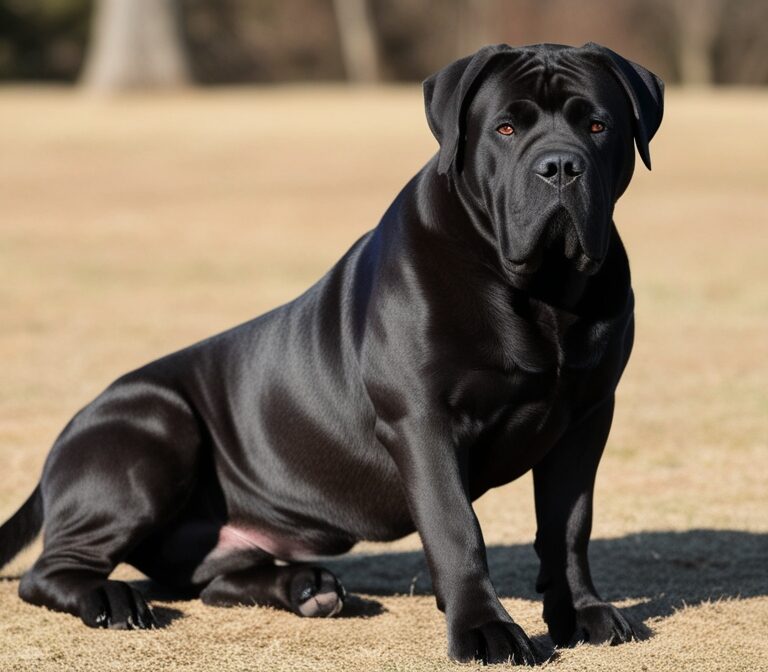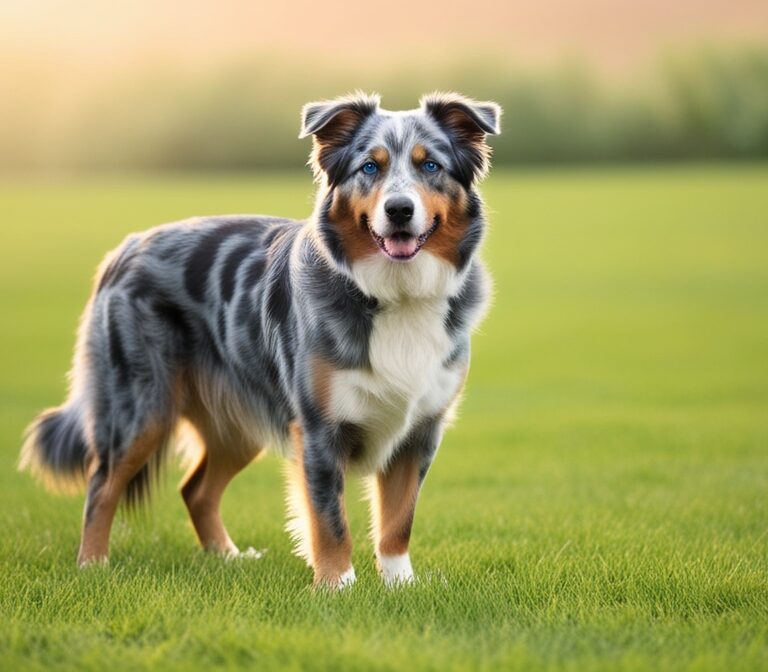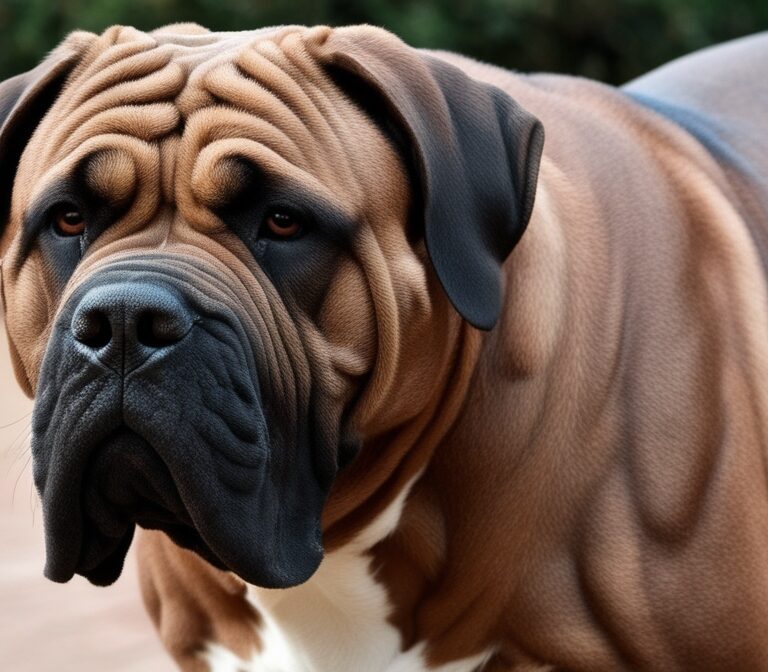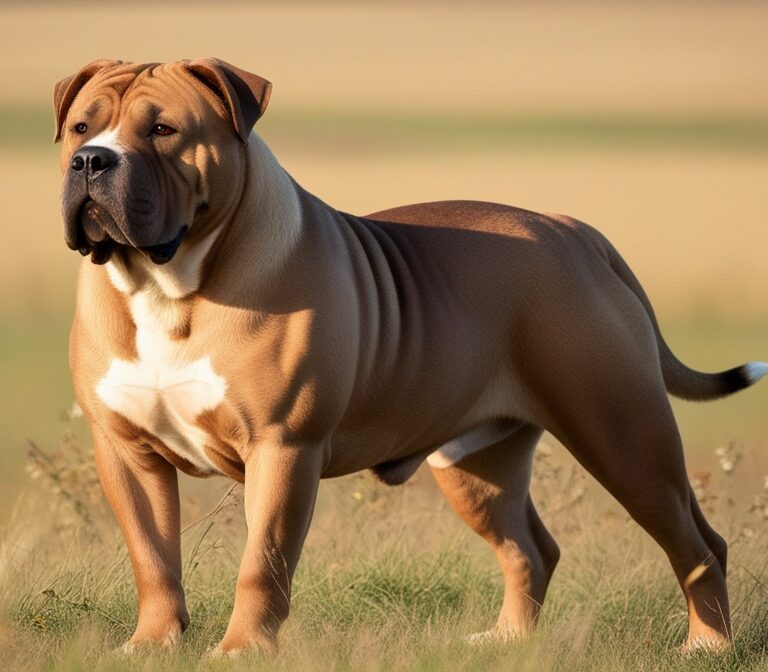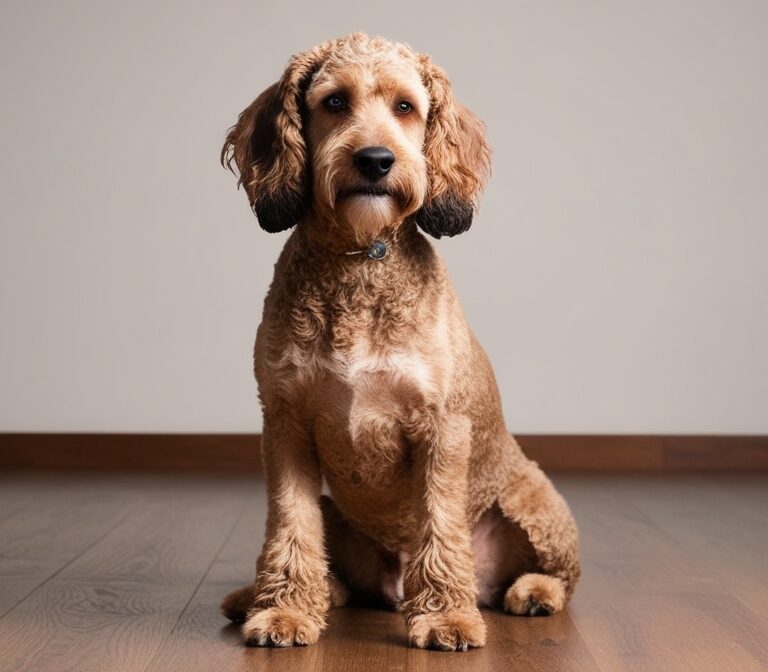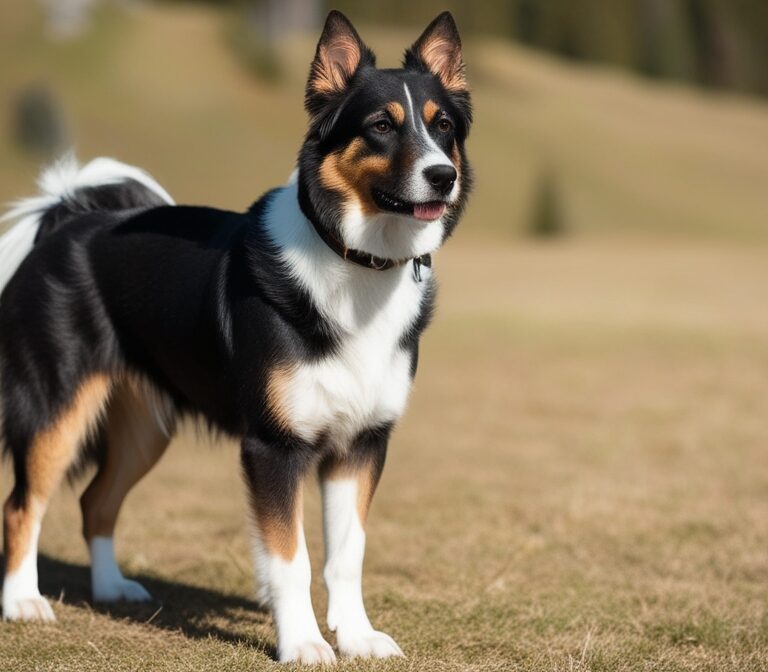Appenzeller Mountain Dog (Appenzeller Sennenhund): Complete Guide
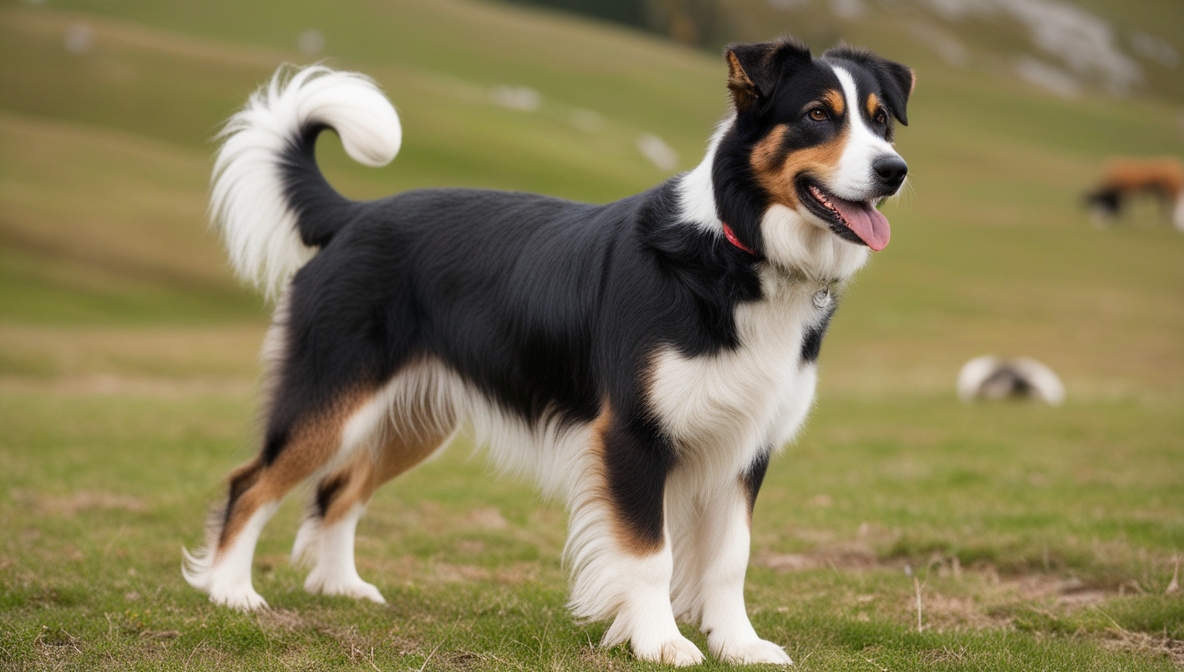
Introduction to the Appenzeller Mountain Dog
The Appenzeller Mountain Dog, officially known as the Appenzeller Sennenhund, is one of the four historic Swiss mountain dog breeds. This medium-sized, muscular, and highly energetic dog has its roots in the Appenzell region of Switzerland, where it was bred to be a versatile working companion. Unlike many breeds that were developed primarily for companionship, the Appenzeller was created with a strong emphasis on functionality—herding cattle, guarding farms, and even pulling carts in rugged alpine conditions.
What makes this breed especially notable is its unique combination of liveliness, intelligence, and self-assured temperament. The Appenzeller Mountain Dog is not a dog that blends into the background—it is alert, active, and always ready for work or play. Its tricolor coat pattern, often featuring black, rust, and white or red tricolor combinations, makes it visually striking and easily recognizable among the Sennenhund family of breeds.
From a behavioral standpoint, the Appenzeller stands out for its courage and reliability. Owners often describe them as fearless guardians who remain deeply loyal to their families. Unlike some other large working breeds that may prefer relaxation after activity, the Appenzeller maintains a high-energy personality throughout the day, requiring consistent physical and mental engagement.
In the modern world, this breed is valued not only as a working farm dog but also as a family protector, agility competitor, and outdoor adventure companion. Their suitability depends on the household: they thrive best in active families, rural homes, or farms where their exercise and mental stimulation needs can be met. Apartment living is generally unsuitable unless the owner is exceptionally dedicated to providing hours of outdoor activity daily.
As interest in the Appenzeller Sennenhund grows worldwide, it is essential for potential owners to understand the origin, characteristics, temperament, exercise demands, and care needs of this remarkable breed. This guide covers every aspect in detail, ensuring that readers have a complete overview of what it takes to raise and live with an Appenzeller Mountain Dog.
Origin and History
The history of the Appenzeller Mountain Dog is closely tied to the Appenzell region in Switzerland, a mountainous area where farming and cattle herding played central roles in daily life. This breed emerged as one of the four traditional Sennenhund dogs—the others being the Bernese Mountain Dog, Greater Swiss Mountain Dog, and Entlebucher Mountain Dog. Each was developed to handle specific tasks in the Swiss Alps, yet the Appenzeller distinguished itself with its athleticism, agility, and versatility.
Historically, the Appenzeller Mountain Dog was bred for multi-purpose farm work. Farmers relied on it for herding cattle, a task requiring intelligence and stamina. Unlike breeds developed solely for guarding or companionship, the Appenzeller was required to drive livestock over long distances, protect the herd from predators, and act as a farmyard watchdog. Its bold, fearless temperament made it an excellent deterrent against strangers or threats.
Another historical role was cart-pulling, as Swiss farms often required dogs to transport dairy products or supplies over uneven terrain. This explains why the breed developed a strong, muscular, yet compact body capable of power and endurance.
Documentation of the breed began in the 19th century, when efforts were made to preserve the traditional Swiss breeds. In 1898, Professor Albert Heim, a Swiss geologist and canine expert, recognized the need to standardize and protect the Appenzeller Sennenhund. Breed enthusiasts formed the first breed club in 1906, leading to the official establishment of the breed standard.
Over the 20th century, the Appenzeller began gaining recognition beyond Switzerland. Today, it is recognized by major organizations such as the Fédération Cynologique Internationale (FCI) and provisionally by the American Kennel Club (AKC) Foundation Stock Service.
Despite this recognition, the breed remains relatively rare compared to its cousin, the Bernese Mountain Dog, which is more popular worldwide. However, breed enthusiasts often highlight the Appenzeller’s work ethic, stamina, and sharp intelligence as reasons why it should be more widely appreciated. Its deep-rooted connection to Swiss culture and farming heritage ensures that it will continue to be preserved by dedicated breeders and enthusiasts.
Relation to Other Swiss Mountain Dogs
The Appenzeller Mountain Dog is part of the Sennenhund family, a group of four closely related Swiss breeds that share common ancestry but differ in size, build, and working functions. Understanding the Appenzeller in relation to its cousins—the Bernese Mountain Dog, Greater Swiss Mountain Dog, and Entlebucher Mountain Dog—provides valuable context for its unique qualities.
The Bernese Mountain Dog is perhaps the most famous of the group. Larger and more heavily built than the Appenzeller, the Bernese was primarily used for draft work and guarding farms. While the Bernese is known for its calm, affectionate temperament, it tends to be less agile and has a shorter lifespan (averaging 7–10 years). In contrast, the Appenzeller is smaller, lighter, and significantly more energetic, with a lifespan of 12–15 years, making it a more enduring and versatile worker.
The Greater Swiss Mountain Dog shares the Appenzeller’s tricolor markings but is the largest of the four breeds, often weighing over 100 pounds. Its strength and calm demeanor made it suitable for heavy draft and guard duties, whereas the Appenzeller excelled in herding and agility-based tasks. The Greater Swiss is more laid-back, while the Appenzeller requires constant activity and mental challenges.
The Entlebucher Mountain Dog, the smallest of the Sennenhund breeds, is closest in temperament and working style to the Appenzeller. Both are highly intelligent, agile, and driven by their herding instincts. However, the Appenzeller is slightly larger and often more independent, while the Entlebucher is considered more people-focused and responsive to commands.
All four breeds share the classic tricolor coat pattern (black or red with white and tan markings) and a deep-rooted heritage in the Swiss Alps. However, the Appenzeller distinguishes itself through its square build, tightly curled tail, and extremely lively personality.
For families or farmers choosing among the Swiss breeds, the Appenzeller Mountain Dog is best suited to households that can handle high energy, strong guarding instincts, and demanding exercise needs. Those seeking a more relaxed companion may prefer the Bernese, while those interested in raw strength may lean toward the Greater Swiss. The Entlebucher, like the Appenzeller, thrives with active, experienced owners who appreciate working breeds.
Breed Classification and Recognition
The Appenzeller Sennenhund holds a unique position within global breed classification systems. It is recognized as part of the working group or herding group, depending on the registry, reflecting its dual-purpose nature as both a guardian and herding dog.
In Europe, the Fédération Cynologique Internationale (FCI), the world’s largest international dog federation, classifies the Appenzeller under Group 2: Pinscher and Schnauzer – Molossoid breeds, Swiss Mountain and Cattledogs, specifically in Section 3: Swiss Cattledogs. This classification places it alongside its three Sennenhund relatives, highlighting their shared heritage as cattle and farm dogs from Switzerland.
In the United States, the American Kennel Club (AKC) currently includes the Appenzeller in its Foundation Stock Service (FSS). This means it is not yet fully recognized for AKC conformation shows but is acknowledged as a developing breed. However, Appenzellers can compete in various AKC companion and performance events, such as obedience, agility, and herding trials. The United Kennel Club (UKC) fully recognizes the breed in its Herding Group, emphasizing its historical role as a livestock-driving dog.
Breed standards consistently describe the Appenzeller as a medium-sized, muscular, and nearly square dog. The hallmark characteristics include:
- Tricolor coat (black tricolor or red tricolor)
- Strong, wedge-shaped head with alert expression
- Compact, powerful frame suitable for endurance
- Tightly curled tail carried over the back
Recognition by major registries ensures that breeders maintain consistent standards for health, appearance, and temperament. Breed clubs in Switzerland and abroad continue to play an important role in preserving genetic diversity while promoting responsible ownership.
While less well-known internationally compared to the Bernese Mountain Dog, the Appenzeller’s recognition is steadily growing due to its reputation as a highly capable working dog and loyal family protector. Its status as a rare breed also makes it appealing to enthusiasts who value unique and historically significant dogs.
Physical Characteristics
The Appenzeller Mountain Dog is a striking, well-proportioned breed that embodies both athleticism and strength. Unlike many working breeds that lean toward either bulk or lightness, the Appenzeller strikes a balance, making it exceptionally versatile.
Size and Build
Males typically stand 20–22 inches (52–56 cm) at the shoulder, while females are slightly smaller at 19–21 inches (48–54 cm). Weight ranges between 48–70 pounds (22–32 kg), with males tending toward the higher end of the scale. The breed standard emphasizes a square build, meaning the dog’s height and body length are nearly equal, giving it a compact yet muscular frame.
Coat and Colors
One of the most defining features is the short, dense, glossy double coat. It is designed to provide insulation in cold Alpine climates while being easy to maintain. The accepted colors are:
- Black tricolor: Black base with rust markings above the eyes, cheeks, legs, and chest, plus white on the face, chest, and tail tip.
- Red tricolor: Less common but equally striking, featuring a red base instead of black.
The markings are precise and symmetrical, which is a hallmark of the breed standard.
Tail and Head
The Appenzeller’s tail is unique among the Swiss breeds: it curls tightly over the back in a distinct ring, often called a “ring tail.” This feature is instantly recognizable.
The head is wedge-shaped with a flat skull, medium-sized, triangular ears that hang close to the cheeks, and dark, almond-shaped eyes that express intelligence and alertness.
Movement and Expression
The breed’s gait is another standout characteristic. The Appenzeller moves with a free, powerful, and elastic stride, reflecting its working heritage. Its expression is lively, intelligent, and confident—traits that mirror its temperament.
In summary, the Appenzeller Sennenhund combines power, agility, and distinctive markings to create a visually and functionally impressive dog. Its appearance signals both readiness for work and strong protective instincts, making it instantly recognizable among herding breeds.
Conclusion
The Appenzeller Mountain Dog, or Appenzeller Sennenhund, represents one of the most versatile and enduring Swiss mountain dog breeds. Rooted in the rugged Appenzell region of Switzerland, this medium-sized working dog embodies a blend of intelligence, fearlessness, and boundless energy that has served farmers, herders, and families for centuries.
Unlike its larger cousin, the Bernese Mountain Dog, the Appenzeller is not primarily a draft animal but a herding specialist and vigilant guardian. Its compact, square build, tightly curled tail, and striking tricolor coat patterns make it instantly recognizable. Beyond appearance, however, lies a dog that is driven, alert, and deeply loyal to its people.
For prospective owners, the Appenzeller offers numerous strengths. Its self-assured temperament, reliability, and athleticism make it an excellent partner for outdoor enthusiasts, farmers, and families with active lifestyles. It thrives in environments where it has meaningful tasks—whether that means herding livestock, competing in agility, or joining long hikes in the mountains. With a lifespan of 12–15 years, this breed is both durable and dependable.
However, ownership comes with challenges. The Appenzeller requires 2+ hours of daily exercise, consistent mental stimulation, and firm but positive training. Without structure, it may develop unwanted behaviors such as excessive barking, restlessness, or stubborn independence. It is not suited for apartment living unless its intense activity needs are fully met. Families must also be prepared for its strong protective instincts, which can manifest as wariness toward strangers.
From a health perspective, the Appenzeller is generally hardy but still requires attention to common large-breed concerns such as hip dysplasia, elbow dysplasia, and eye disorders. Responsible breeders and regular veterinary care help ensure longevity and quality of life.
Ultimately, the Appenzeller Mountain Dog is best matched with experienced owners who value both the working heritage and spirited personality of this remarkable breed. It is not a casual pet for sedentary households but a loyal partner for those ready to meet its high demands.
In the growing interest for rare and authentic working breeds, the Appenzeller Sennenhund stands out as a true embodiment of Swiss tradition, resilience, and versatility. For those who can provide the structure, activity, and purpose it craves, the Appenzeller will return unwavering loyalty, protection, and companionship—making it not just a dog, but a lifelong working and family partner.
